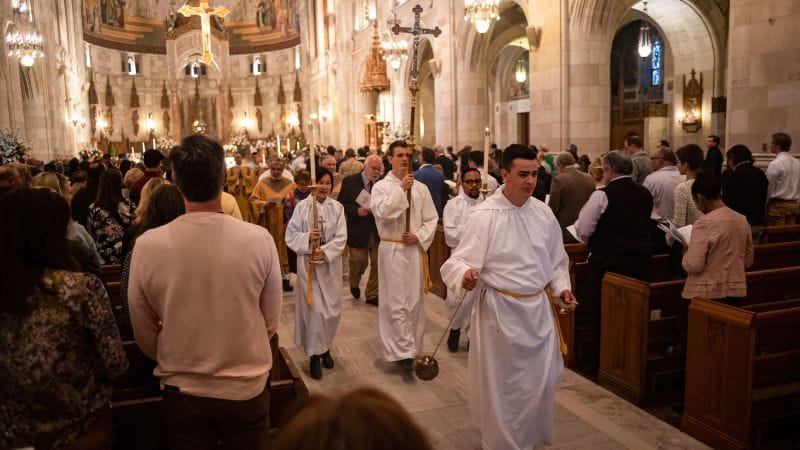The Historical Origins of Easter: From Religious Movement to Established Faith


Historical Analysis by Trendy Daily News
In 112 CE, Pliny the Younger, a Roman governor in what is now Turkey, documented his investigation of a religious group called “Christiani.”
According to historical records, Pliny had received reports about followers of an executed criminal who believed their leader had returned to life. The group reportedly held meetings in private homes for communal meals, which generated local speculation about their practices.
In his correspondence with Emperor Trajan, Pliny wrote about his investigation: “I believe it all the more necessary to find out the truth from two slave women, whom they call deaconesses, even by torture,” he stated. “I found nothing but depraved and immoderate superstition.”
Pliny’s letters provide historians with significant documentation of the Roman Empire during this period. His writings include accounts of various events, including the eruption of Mount Vesuvius that covered Pompeii.
The religious movement he investigated would later become Christianity, currently the world’s most widely practiced religion. The cross, previously used by the Roman government for capital punishment, became the primary symbol of the Christian faith, according to religious historian Tom Holland in “Dominion: How the Christian Revolution remade the World.”
Historical Development
Today, an estimated 2 billion Christians observe Easter as their primary religious holiday, commemorating what Christian doctrine describes as the death and resurrection of Jesus Christ.
The growth of Christianity from a small religious movement to the official religion of Rome represents a significant historical transformation. The movement began in a Roman province and expanded throughout the empire despite initial opposition from authorities.
Historical Context
Early Christian communities faced several documented challenges:
- Economic inequality in Roman society
- Legal restrictions on religious practices
- Limited legal protections
- Official opposition to new religious movements
Community Organization
Historical records indicate two main aspects of early Christian community structure:
1. Community Support Systems
Roman urban centers of the period faced various social challenges:
- Limited public health infrastructure
- Concentrated wealth distribution
- Minimal social assistance programs
- Average life expectancy of approximately 35 years
- Limited economic mobility
Historical sources indicate early Christian communities developed several social programs:
- Care for the ill during epidemics
- Establishment of orphanages and medical facilities
- Food distribution systems
- Financial assistance programs
- Community resource sharing
2. Social Structure
Historical evidence suggests early Christian communities developed organizational systems that included:
- Community support networks
- Shared resources
- Integration across social classes
- Multi-ethnic membership
Historical Transition
Documentation shows Christianity’s gradual integration into Roman society, with Emperor Constantine’s conversion marking a significant institutional change.
Historians note that this transition altered some aspects of the movement, with theological emphasis shifting from immediate social concerns to spiritual matters.
Historical Significance
The establishment of Easter as a religious observance coincided with Christianity’s transformation from a regional movement to an institutionalized religion.



CJXeoNpv hPOwvwGK RrRhl UvB DSCn lBkPcD